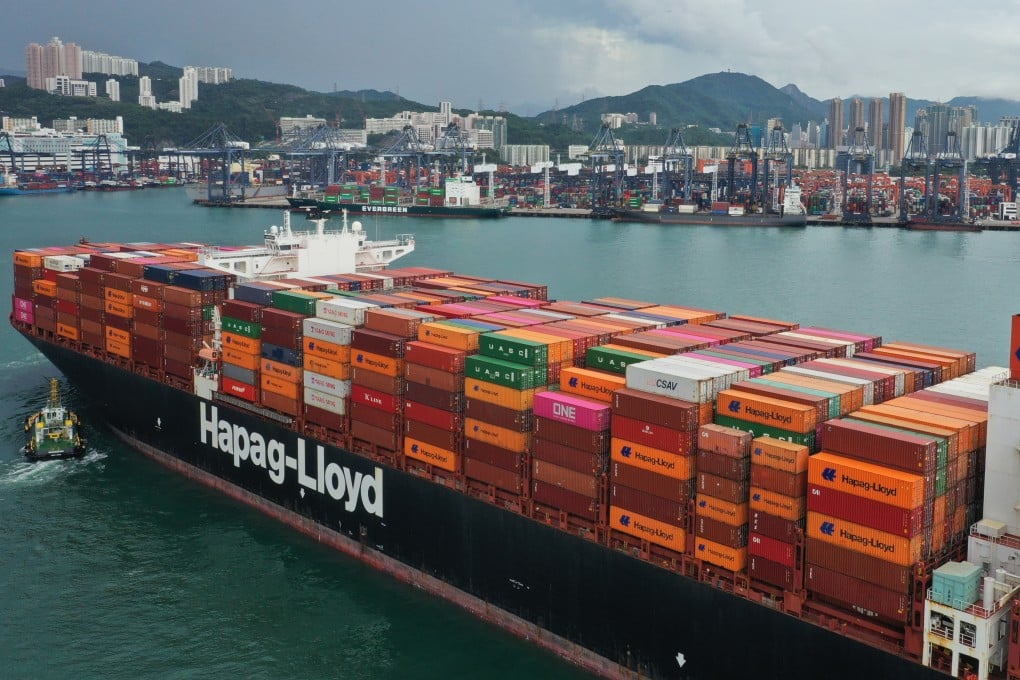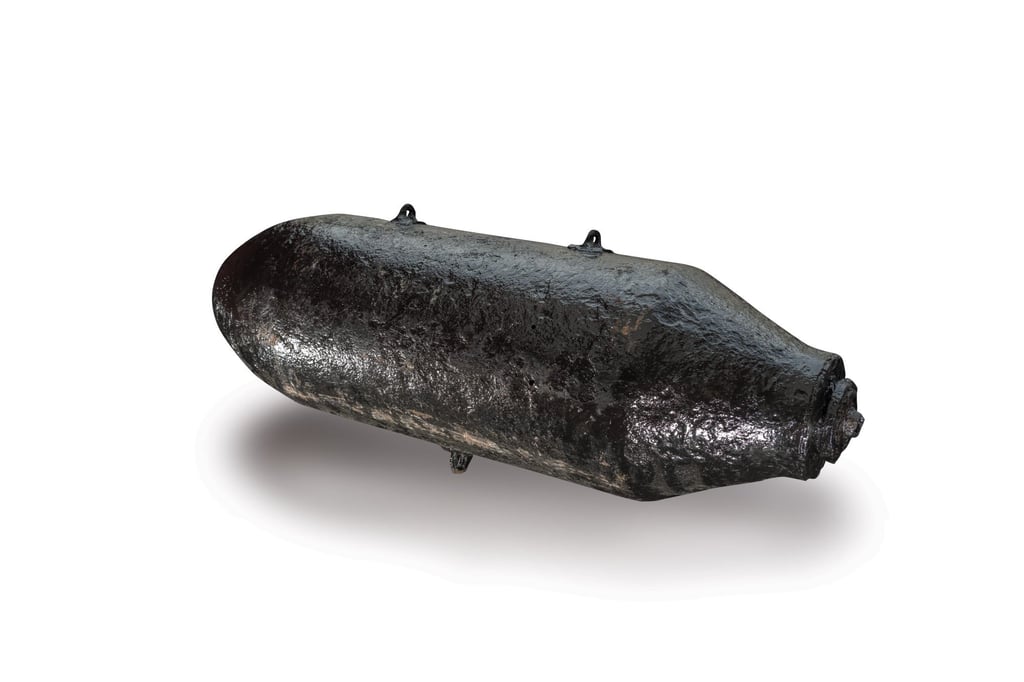How Hong Kong developed a world-leading port from the ashes of war, and factories, and its maritime future
- A new exhibition at Hong Kong Maritime Museum looks at how Hong Kong developed as an international port after Japanese occupation of the city ended in 1945
- Through historical artefacts including a Second World War-era bomb, fishermen’s tales and virtual reality, it describes the ‘miracle’ of Hong Kong’s rebirth

The Hong Kong Maritime Museum has just unveiled an exhibition about how the city developed as an international port after the Japanese occupation, during the second world war, ended in August 1945.
Called “Hong Kong’s Maritime Miracle: The Story of Our City since 1945”, it shows how the development of the city’s maritime industry was crucial to the rebuilding and the rebirth of Hong Kong after the war (1939-1945), says Libby Chan Lai-pik, chief curator of the museum.
The exhibition uses historical artefacts, fishermen’s tales, re-enactment of movie scenes and other lively displays to tell the story, and is split into five parts: “Regeneration (1945-1948)”, “Back in Business (1949-1970)”, “The High Growth Years (1960s-1980s)”, “Container Rules (1972-present)”, and “The Future”.

The 500lb (227kg) deactivated second world war bomb packs quite a punch – visually – but the museum has further enhanced the experience with the use of virtual reality (VR).